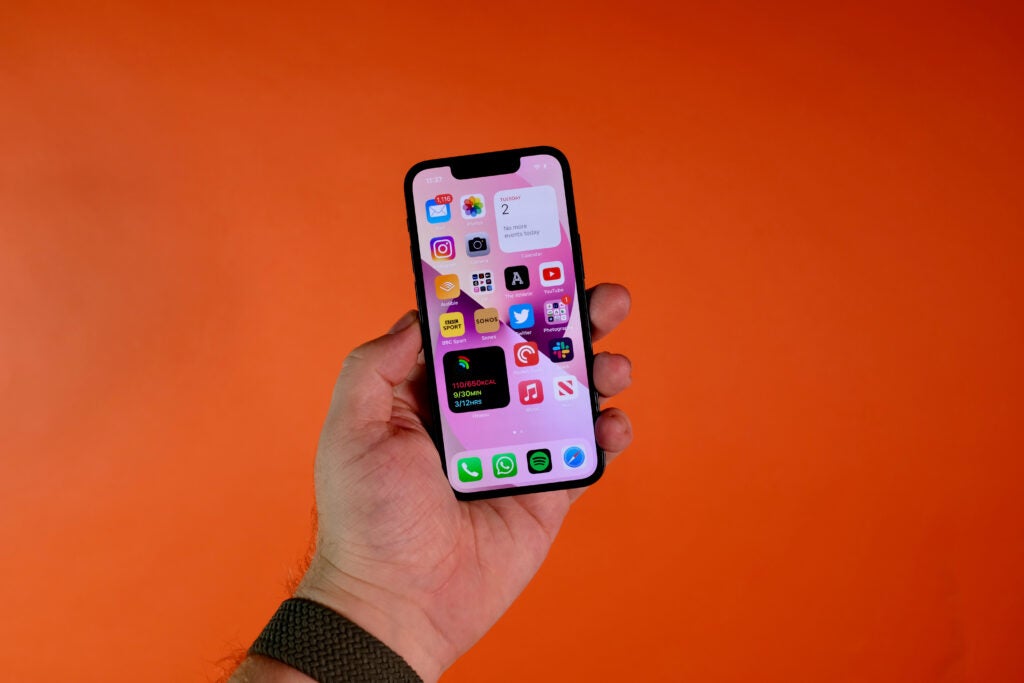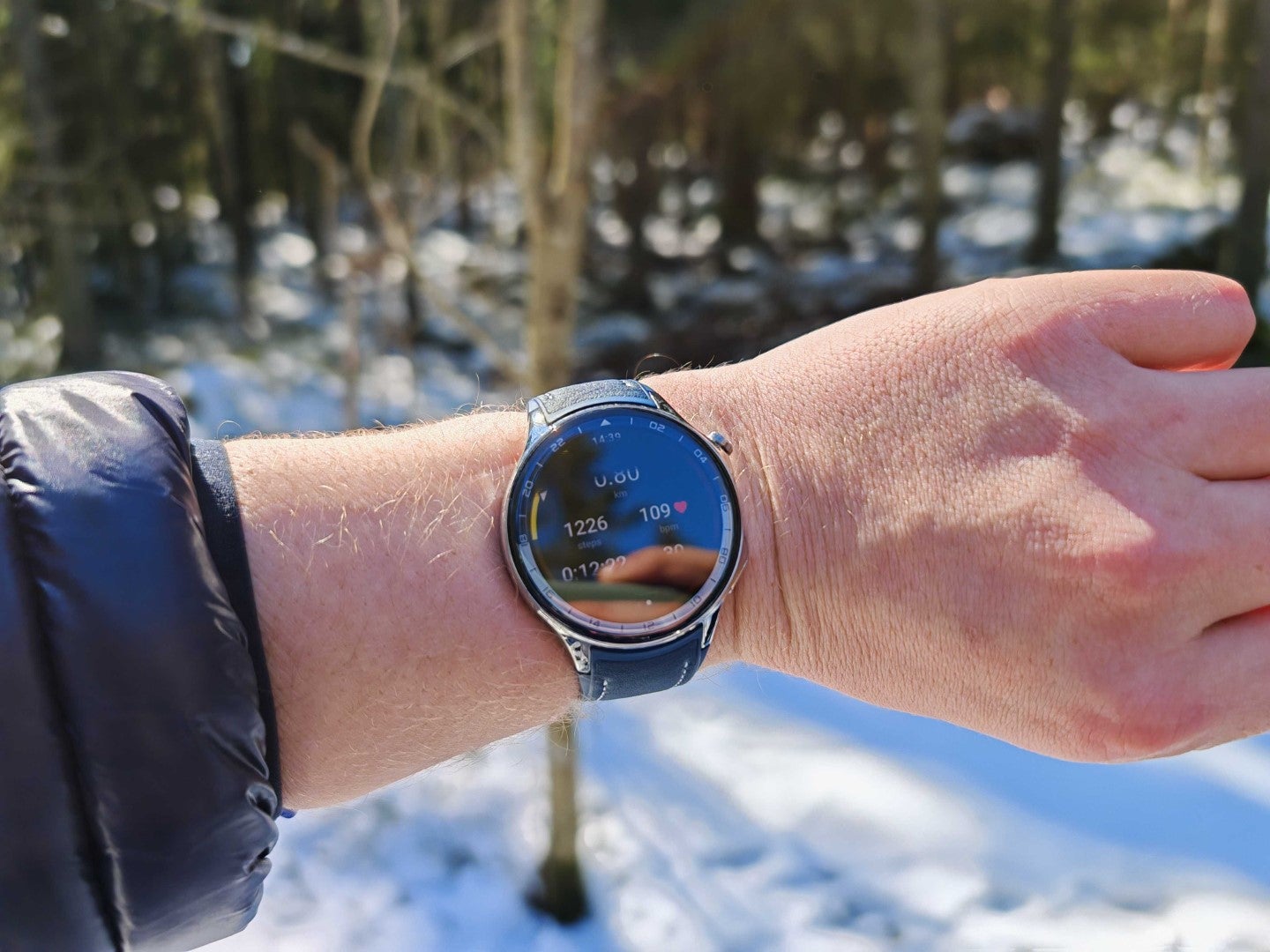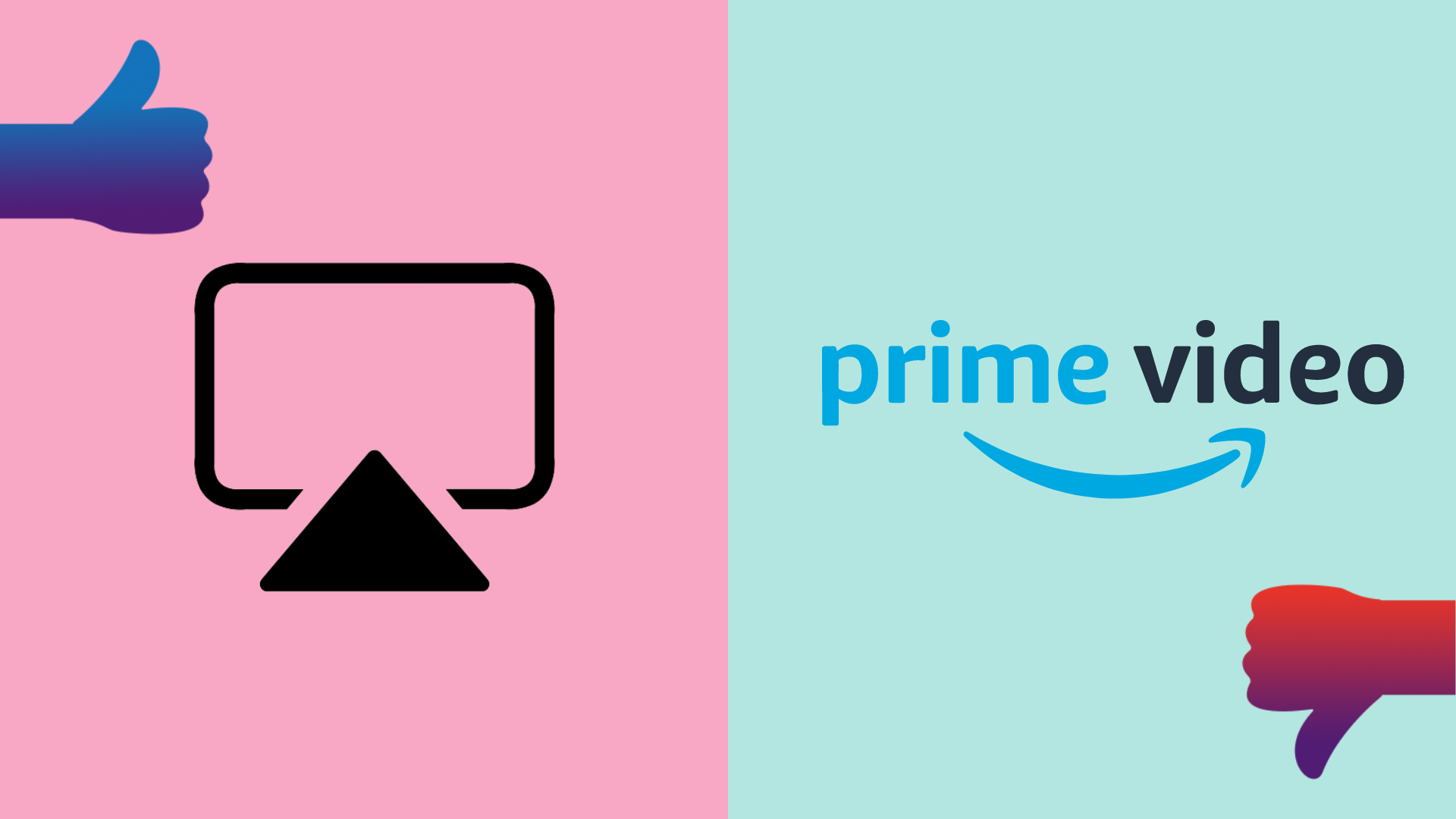Fast Charge: When it comes to phones, size doesn’t matter

OPINION: As we gear up for the imminent release of the Galaxy S23 range, a new report has hinted at the demise of Samsung’s ‘Plus’ range in 2024. If this comes to pass then it speaks to a far wider issue in the world of smartphones: size just doesn’t matter.
If that report (courtesy of The Elec) stood on its own as an anomaly then it’d be easier to wave away my point, but there’s definitely a growing trend to suggest that when it comes to buying a new smartphone, most folks just aren’t interested in screen size – not when it comes to other factors.
Another insider leak (via MacRumours) suggests that Apple is having similar issues with its recently released iPhone 14 Plus, which offers a larger 6.7-inch display over the 6.1-inch screen on the standard iPhone 14.
Even if the iPhone 14 Plus hasn’t been an immediate commercial success, it’s still likely that we’ll see an iPhone 15 Plus as Apple rarely gives up on products after just one generation, but if the line ceases to be thereafter then that, alongside the recent demise of the iPhone Mini line, would speak volumes.

I used the iPhone 12 Mini and iPhone 13 Mini for quite some time, appreciating how easy it was to use both phones one-handed and as highly portable stop-and-shoot cameras. I assumed that the range might enjoy the same popularity that the iPod Mini was once accustomed to, but unfortunately I was in the minority as both phones suffered from poor sales.
Even though the iPhone Minis were available at a cheaper price, the trade off for a smaller display and reduced battery life wasn’t worth it for most. It seems as though the iPhone 14 Plus (and larger variants in general) suffers from the opposite problem: a larger price tag that struggles to justify its higher cost when it comes to differing features over the iPhone 14.
I too came across the same issue when upgrading to the iPhone 14, which I use as my current handset. As tempting as it would be to watch content on a larger screen, and more than likely benefit from a larger battery – the lower asking price of the iPhone 14 won out, particularly at a time when we’re all trying to cut costs where we can.
I wouldn’t be too surprised if both Apple and Samsung decide to adopt Google’s launch strategy in the near future by opting for a standard ‘entry-level’ phone and a pro version to go alongside it. Certainly, it’s a lot easier to understand the difference between the Pixel 7 and Pixel 7 Pro than to remember off the top of one’s head all the distinctions between the iPhone 14 and the iPhone 14 Pro Max.








